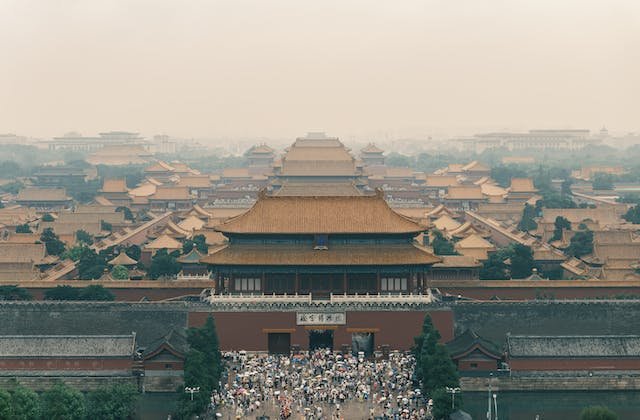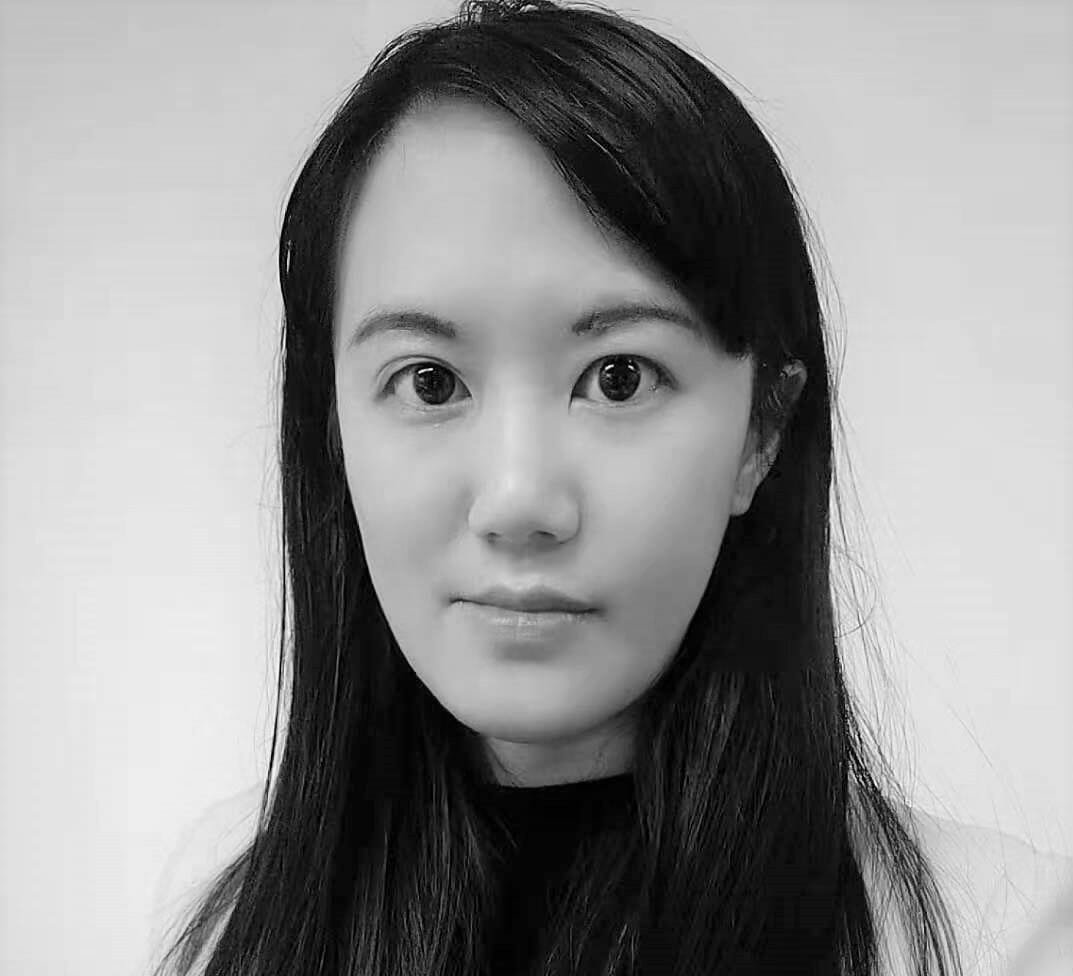Chinese history is a rich and complex tapestry that spans thousands of years. From the ancient dynasties to the modern era, China has undergone significant changes and transformations that have shaped its culture, society, and identity. Understanding Chinese history is crucial for gaining insights into the country’s present-day challenges and achievements. This article will provide an overview of Chinese history, highlighting key dynasties and their contributions to Chinese civilization.
Table of Contents
ToggleKey Takeaways
- Chinese history spans from ancient times to the modern era
- The Xia, Shang, and Zhou dynasties laid the foundation for Chinese civilization
- The Qin and Han dynasties unified and expanded China
- The Tang and Song dynasties were a golden age of culture and innovation
- The Qing dynasty was the last imperial dynasty and saw the Opium Wars
The Xia夏, Shang商, and Zhou周 Dynasties
The Xia夏, Shang商, and Zhou周 dynasties are considered the foundational period of Chinese civilization. The Xia dynasty夏朝, which is believed to have ruled from around 2070 to 1600 BCE, is often regarded as the first dynasty in Chinese history. While there is limited archaeological evidence to support the existence of the Xia dynasty, its legacy is significant in terms of establishing the concept of dynastic rule in China.
The Shang dynasty商朝 followed the Xia dynasty夏朝 and ruled from around 1600 to 1046 BCE. The Shang dynasty is known for its advancements in bronze casting, writing system, and social hierarchy. The oracle bones, which were used for divination purposes during this period, provide valuable insights into the religious and political practices of the Shang dynasty.
The Zhou dynasty周朝 succeeded the Shang dynasty商朝 and ruled from around 1046 to 256 BCE. The Zhou dynasty周朝 is often referred to as the “Golden Age” of Chinese civilization due to its achievements in philosophy, literature, and governance. Confucius, one of China’s most influential philosophers, lived during this period and his teachings continue to shape Chinese society today.
The Qin秦朝 and Han Dynasties汉朝
The 秦朝Qin dynasty, which lasted from 221 to 206 BCE, marked a significant turning point in Chinese history. Under the rule of Emperor 秦始皇Qin Shi Huang, China was unified for the first time and a centralized bureaucratic system was established. The construction of the 长城Great Wall of China and the Terracotta Army are among the notable achievements of the Qin dynasty.
The 汉朝Han dynasty followed the 秦朝Qin dynasty and ruled from 206 BCE to 220 CE. The 汉朝Han dynasty is often regarded as a period of cultural and intellectual flourishing. It was during this time that Confucianism became the dominant ideology in China and the civil service examination system was introduced. The Silk Road, a major trade route connecting China with the West, also flourished during the Han dynasty.
The Tang 唐朝 and Song Dynasties 宋朝
The Tang dynasty唐朝, which lasted from 618 to 907 CE, is often referred to as the “Golden Age” of Chinese culture and innovation. During this period, China experienced a period of economic prosperity, technological advancements, and cultural exchange. The Tang dynasty唐朝 is known for its achievements in art, literature, and technology, including the invention of woodblock printing and gunpowder.
The Song dynasty宋朝 succeeded the Tang dynasty唐朝 and ruled from 960 to 1279 CE. The Song dynasty宋朝 is often regarded as a period of great intellectual and artistic achievements. It was during this time that Neo-Confucianism emerged as a dominant philosophy and landscape painting reached new heights. The Song dynasty宋朝 also made significant advancements in science and technology, including the invention of movable type printing.
The Yuan Dynasty元朝
The Yuan dynasty元朝, which lasted from 1271 to 1368 CE, marked a period of Mongol rule in China. Under the leadership of Kublai Khan, China experienced cultural exchange with other parts of the Mongol Empire. The Yuan dynasty元朝 is known for its promotion of trade and commerce, as well as its adoption of paper money. However, the Mongol rule also led to social unrest and resentment among the Chinese population.
The Ming Dynasty明朝
The Ming dynasty明朝 followed the Yuan dynasty and ruled from 1368 to 1644 CE. The Ming dynasty明朝 is often associated with a period of restoration and isolationism. During this time, China experienced a revival of traditional Chinese culture and the construction of iconic landmarks such as the Forbidden City and the Great Wall of China. The Ming dynasty明朝 also made significant advancements in art, literature, and science.
However, the Ming dynasty明朝 also faced challenges such as corruption, economic decline, and external threats. The dynasty eventually fell to the Manchu-led Qing dynasty清朝 in 1644.
The Qing Dynasty清朝
The Qing dynasty清朝, which lasted from 1644 to 1912 CE, was the last imperial dynasty in China. The Qing dynasty faced numerous challenges during its rule, including the Opium Wars with Western powers and internal rebellions such as the Taiping Rebellion. The dynasty also implemented various reforms and modernization efforts in an attempt to strengthen China’s position on the global stage.
The legacy of the Qing dynasty is complex and controversial. While it is often criticized for its failures in governance and inability to prevent foreign encroachment, it also made significant contributions to Chinese culture and society. The Qing dynasty is known for its advancements in art, literature, and architecture, as well as its preservation of traditional Chinese customs and rituals.
The Republic of China中华民国
The Republic of China中华民国 was established in 1912 following the fall of the Qing dynasty清朝. This marked the end of the imperial era in China and the rise of nationalism. Key figures such as Sun Yat-sen and Chiang Kai-shek played pivotal roles in shaping the early years of the Republic of China中华民国. The republic faced numerous challenges, including political instability, regional conflicts, and foreign invasions.
The People’s Republic of China中华人民共和国
The People’s Republic of China中华人民共和国 was established in 1949 following the Communist revolution led by Mao Zedong. Mao’s leadership brought about significant changes in Chinese society and politics. The Great Leap Forward and the Cultural Revolution were two major policies implemented during Mao’s rule, which had profound impacts on China’s economy and social fabric.
In recent decades, China has undergone significant economic reforms and opened up to the global market. The country has experienced rapid economic growth and has become a major player in the global economy. However, China also faces challenges such as income inequality, environmental degradation, and political censorship.
China Today
China’s economic growth has been accompanied by political challenges. The Chinese government maintains strict control over the media and internet, limiting freedom of expression and political dissent. The country also faces ongoing tensions with neighboring countries over territorial disputes.
Despite these challenges, China continues to preserve its rich cultural heritage. Traditional Chinese customs and rituals are still practiced, and efforts are being made to protect historical sites and artifacts. China’s cultural heritage is an important part of its national identity and serves as a source of pride for its people.
Looking to the future, China’s prospects are both promising and uncertain. The country’s economic growth has lifted millions out of poverty and has the potential to continue driving global economic development. However, China also faces challenges such as an aging population, environmental degradation, and the need for political reform.
In conclusion, understanding Chinese history is crucial for gaining insights into modern China. From the foundational dynasties to the present-day challenges, Chinese history provides a context for understanding the country’s culture, society, and identity. By studying Chinese history, we can gain a deeper appreciation for China’s achievements and challenges, and contribute to a more nuanced understanding of this complex nation.
Contact our head teacher, Chen Huimin, at info@lcchineseschool.com if you want to learn Chinese or have additional questions about our Chinese programs.
Sign up for a free trial class here.
Learn about our Internship Program in China.
Get free Chinese learning resources.
Learn about China’s 2024 Offical Holiday Schedule







